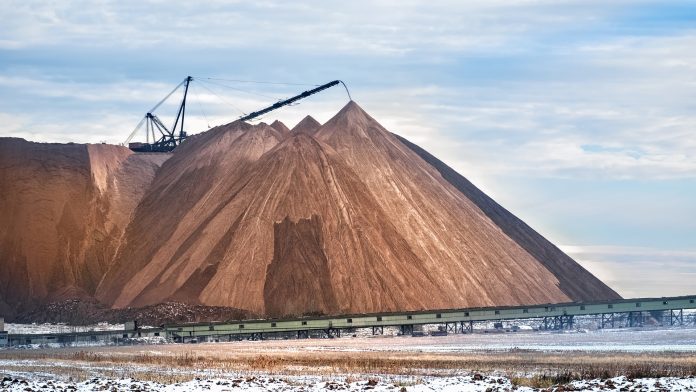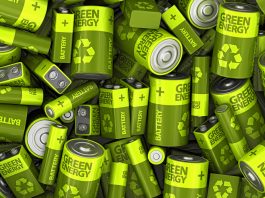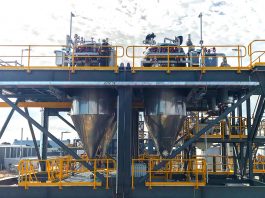A research team has developed an innovative method of lithium extraction that utilises the most abundant yet elusive source on Earth, seawater.
Lithium extraction has risen exponentially year on year. A key chemical element in the production of batteries, land-based lithium is estimated to run out by the year 2080, with researchers from KAUST looking to solve this energy problem by establishing a technique capable of efficient lithium extraction from seawater.
Compared to land, Earth’s oceans contain around 5,000 times more lithium, although at considerably low concentrations of around 0.2 parts per million. Larger ions, such as sodium, magnesium, and potassium are substantially more abundant in seawater, meaning that prior endeavours of seawater lithium extraction have been unsuccessful.
To tackle this issue, the team utilised an electrochemical cell containing a ceramic membrane made from lithium lanthanum titanium oxide (LLTO) — the holes in its crystal structure are the perfect size to allow passage for the lithium ions while obstructing bulkier metal ions.
Zhen LI, the developer of the cell, said: “LLTO membranes have never been used to extract and concentrate lithium ions before.”
The cell is comprised of three compartments. The first is the central feed chamber in which the seawater enters; here, positive ions permeate through the LLTO membrane and into a side compartment containing a copper cathode coated with ruthenium and platinum, and a buffer solution. The negative ions are released from the feed chamber via a traditional anion exchange membrane, moving on to a third compartment containing a sodium chloride solution and a platinum-ruthenium anode.
The cell successfully generates hydrogen gas at the cathode and chlorine gas at the anode at a voltage of 3.25V, powering the transport of lithium through the LLTO membrane, where it collects in the side chamber. This lithium enriched water then powers four further cycling processes, attaining a concentration that exceeds 9,000 parts per million, with modifications to the ph of the solution producing solid lithium phosphate that contains minuscule quantities of other metal ions.
The highly pure solution easily meets battery manufacturers’ standards, costing just $5 to produce one kilogram of lithium, with the excess water further utilised in desalination plants to produce fresh water.
Zhiping Lai, the leader of the study, said: “We will continue optimising the membrane structure and cell design to improve the process efficiency.”









